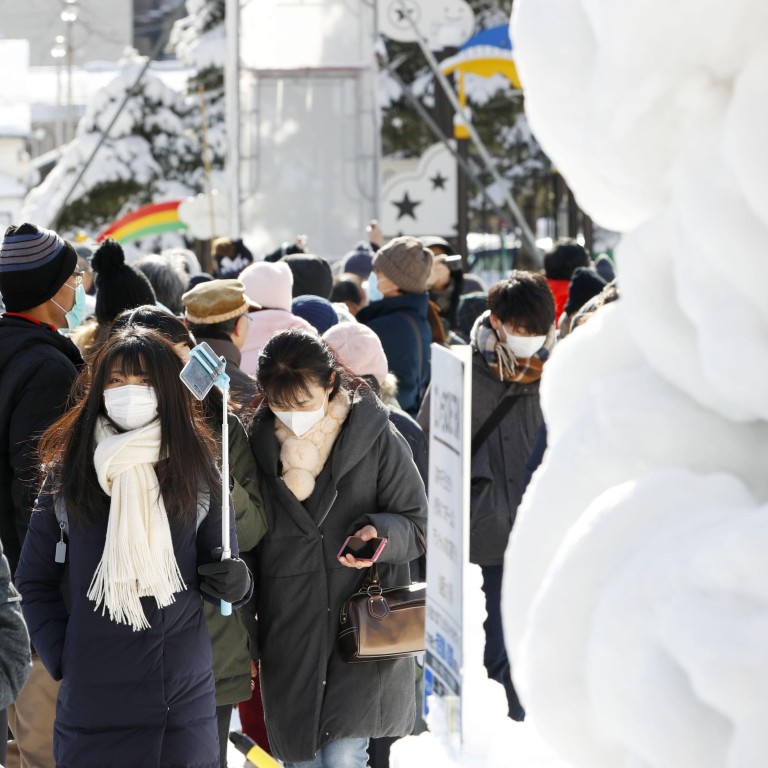
Coronavirus: Hokkaido snow festival that drew 2 million visitors should have been axed, says Japanese expert
- Some 2 million people, including tourists from China, visited the prefecture in February for the Sapporo Snow Festival
- Hokkaido has the country’s largest number of coronavirus infections, with hospitals treating 118 cases
Japan’s most northerly island has the largest number of infections in the country, with national broadcaster NHK on Thursday reporting that hospitals across the prefecture were treating 118 confirmed cases. There are a total of 1,316 infections across Japan, including 696 cases from the Diamond Princess cruise ship, and 23 people have died.
“The festival is an event held outdoors, which was supposed to mean it was safer, but people did not just go to see the ice statues,” said Yoko Tsukamoto, a professor at the Health Sciences University of Hokkaido who specialises in infection control for nurses.
“People went to restaurants, they stayed in hotels, they used public transport, they were in crowded places,” she said. “Any mass gathering poses a risk,” she said.
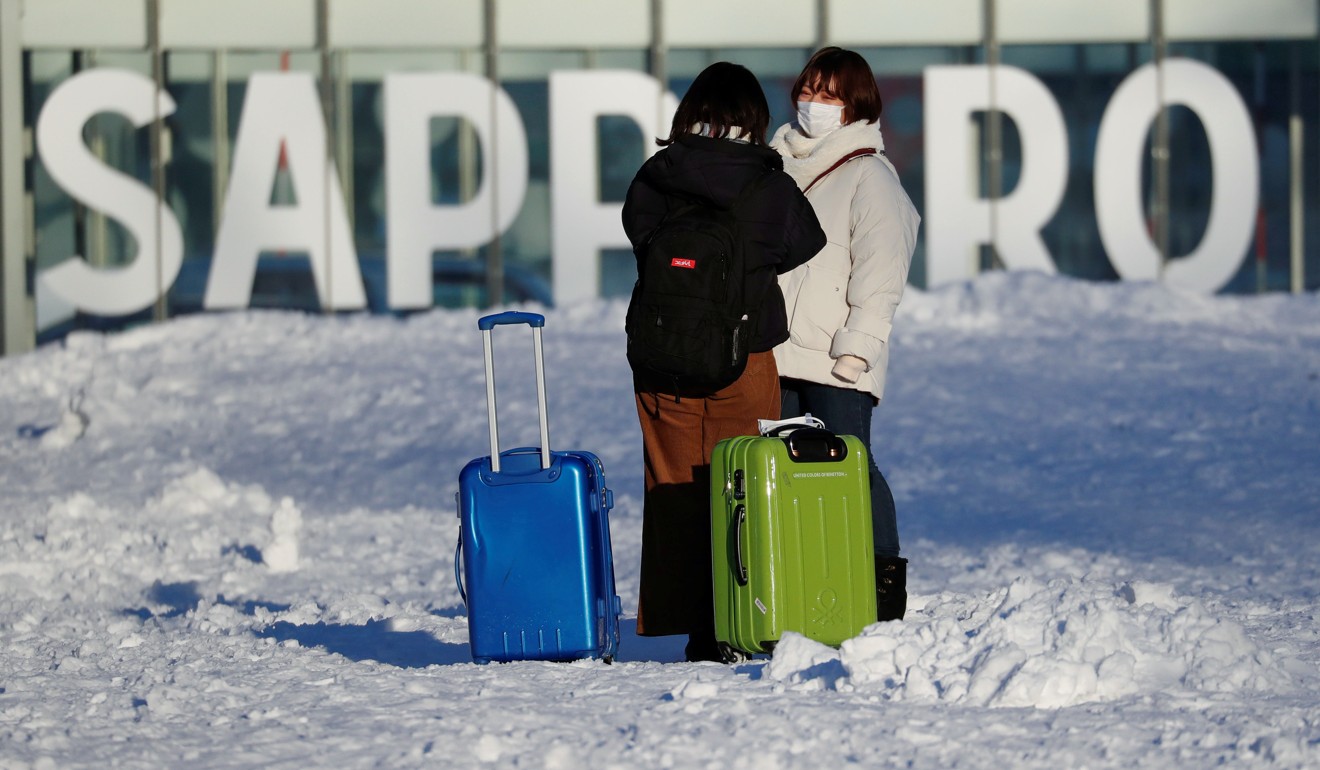
Before the February 4 opening of the event, local health authorities were aware of a woman from China’s Wuhan city who was in Sapporo and had tested positive for the virus. A further two people were suspected of being infected.
An estimated 2.02 million people visited venues in and around Sapporo associated with the annual snow festival, which is the largest occasion on the prefecture’s calendar, a major draw for domestic and foreign tourists, and an important source of income for local businesses.
Four days after the event opened, an official helping with the festival began showing symptoms of the Covid-19 illness and was hospitalised.
One of the two people he was working also later tested positive. At least three additional cases have been linked directly to the festival, with subsequent infections apparently passed on to others.
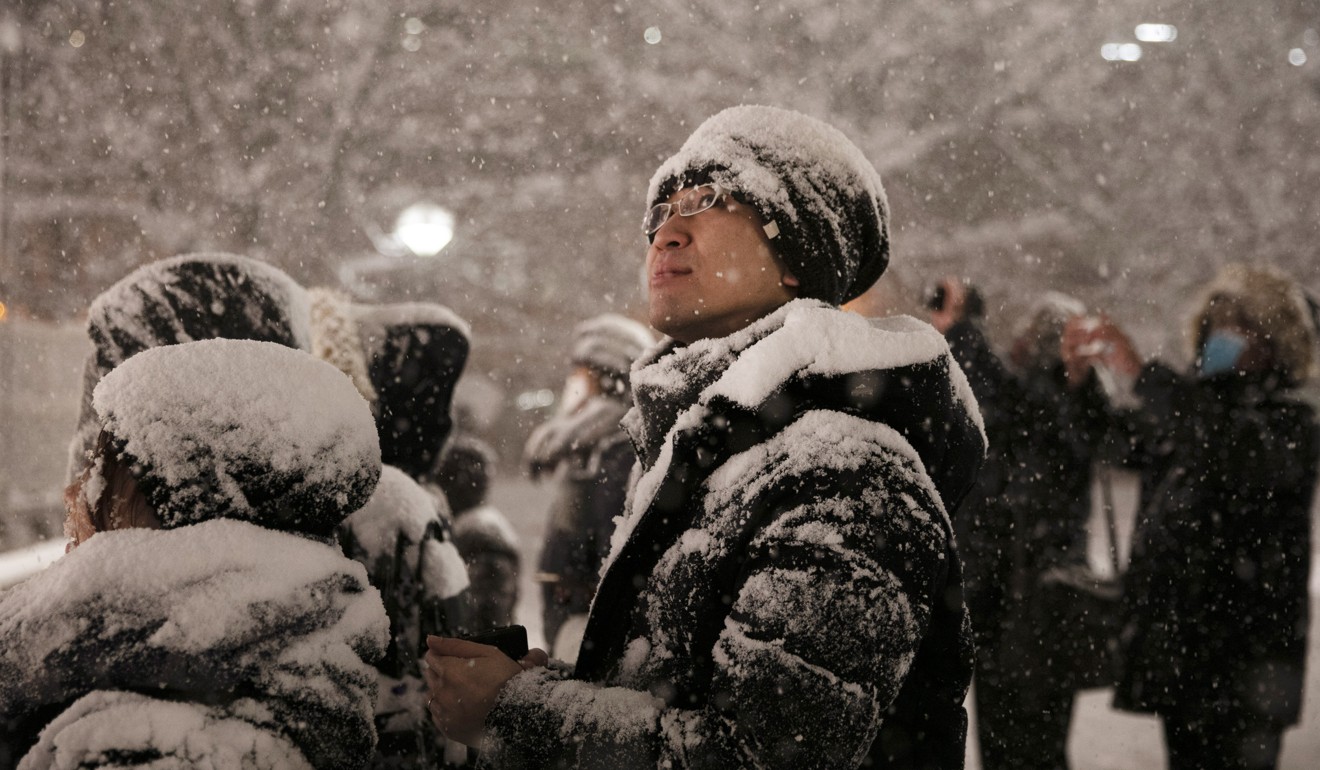
“Many people have suggested that the illness was spread during the festival, but there is no definitive evidence that is what happened,” said Hiroki Morita, chief coordinator with the prefectural government’s Foreign Tourism Promotion Bureau.
“Neither the local government nor the national government have released a statement to that end so we cannot say for sure why these cases have happened,” he said.
Coronavirus: Japan police to arrest infected man who visited karaoke bar
Hong Kong’s Health Department is taking no chances with arrivals from Hokkaido, announcing that it is adding anyone arriving from the prefecture to the list of people who are required to undergo mandatory quarantine in Hong Kong.
Hokkaido will be added to the list from Saturday, along with anyone arriving from anywhere in Italy, parts of France, Germany and Spain. Passengers are being monitored at a quarantine facility in the New Territories.
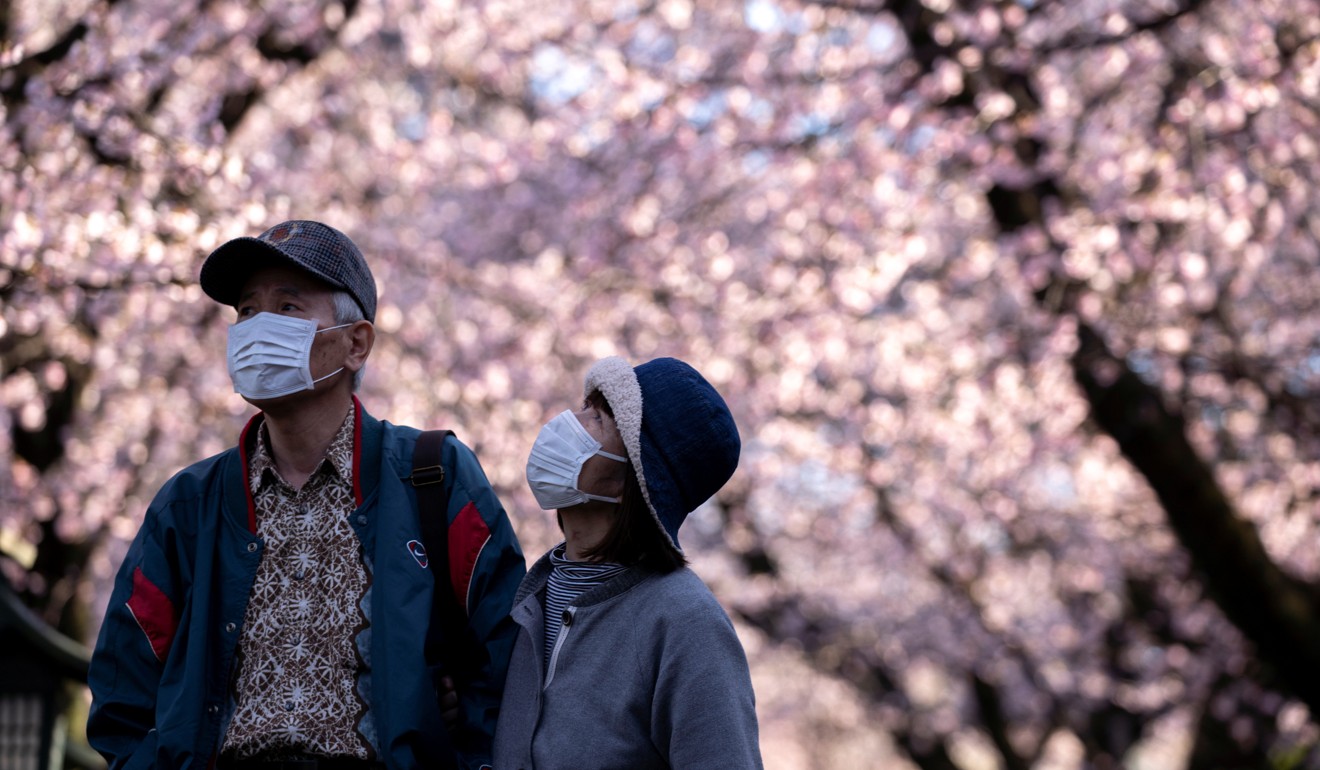
Meanwhile, Tokyo’s governor has urged people to refrain from holding traditional “hanami” parties, even as she acknowledged that preventing Japanese from gathering with their loved ones to enjoy the cherry blossom season would be like “taking hugs away from Italians”.
Osaka’s live music scene identified as potential coronavirus hot spot
“It is open-air. The metropolitan government wants people to admire the flowers. I think taking hanami away from the Japanese is like taking away hugs from Italians,” she said.
“But we would like to ask people to refrain from, for example, spreading blue tarps and enjoying fun parties at Ueno Park like every year,” she added, referring to a large central Tokyo park popular with revellers.
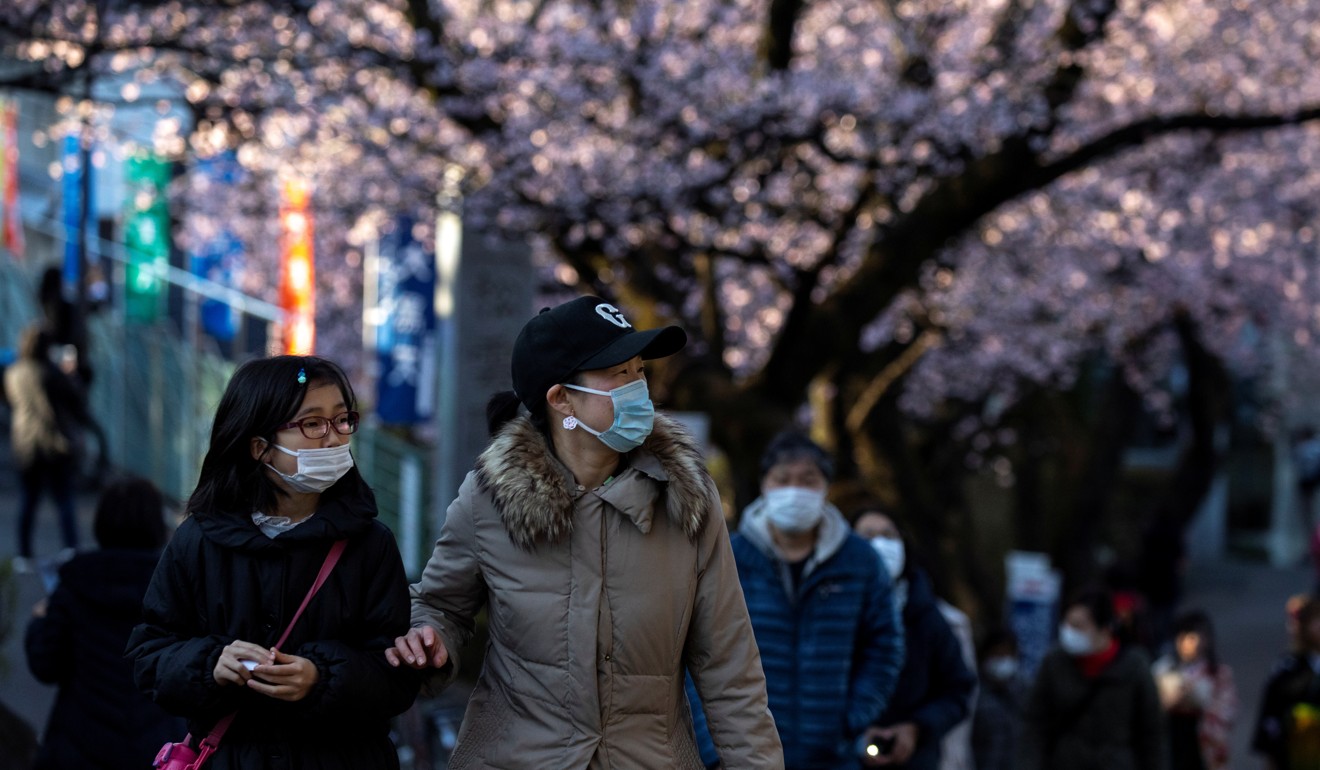
Meteorologists expect cherry blossoms to begin blooming around March 17 in Tokyo.
Italy is the worst-hit country in Europe and the country has been placed on effective lockdown to prevent the spread of the virus that has killed more than 800 people in just over two weeks.
Italians have been told to keep at least one metre from each other and handshakes – and hugs – are frowned upon.
Additional reporting by AFP


.png?itok=arIb17P0)
